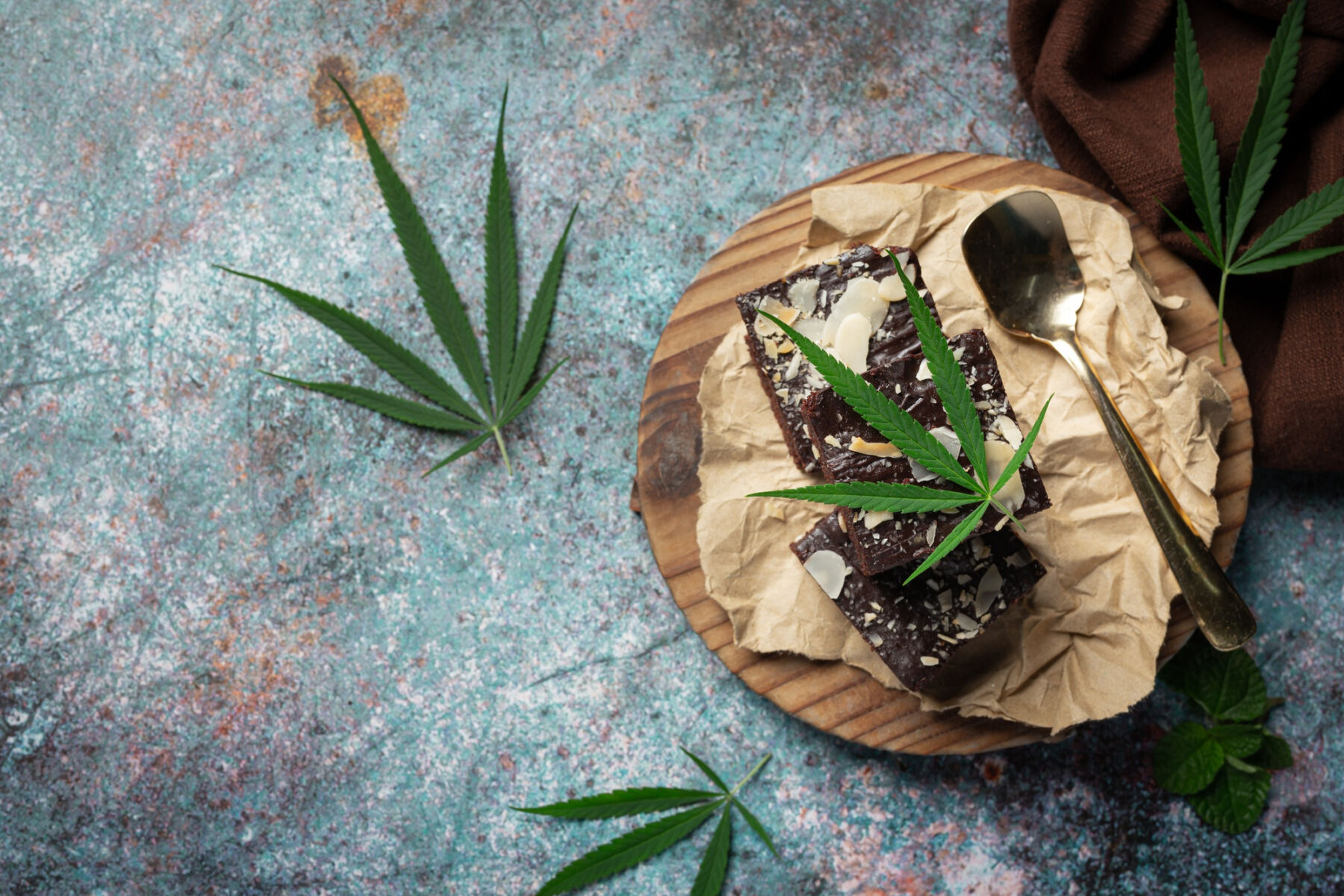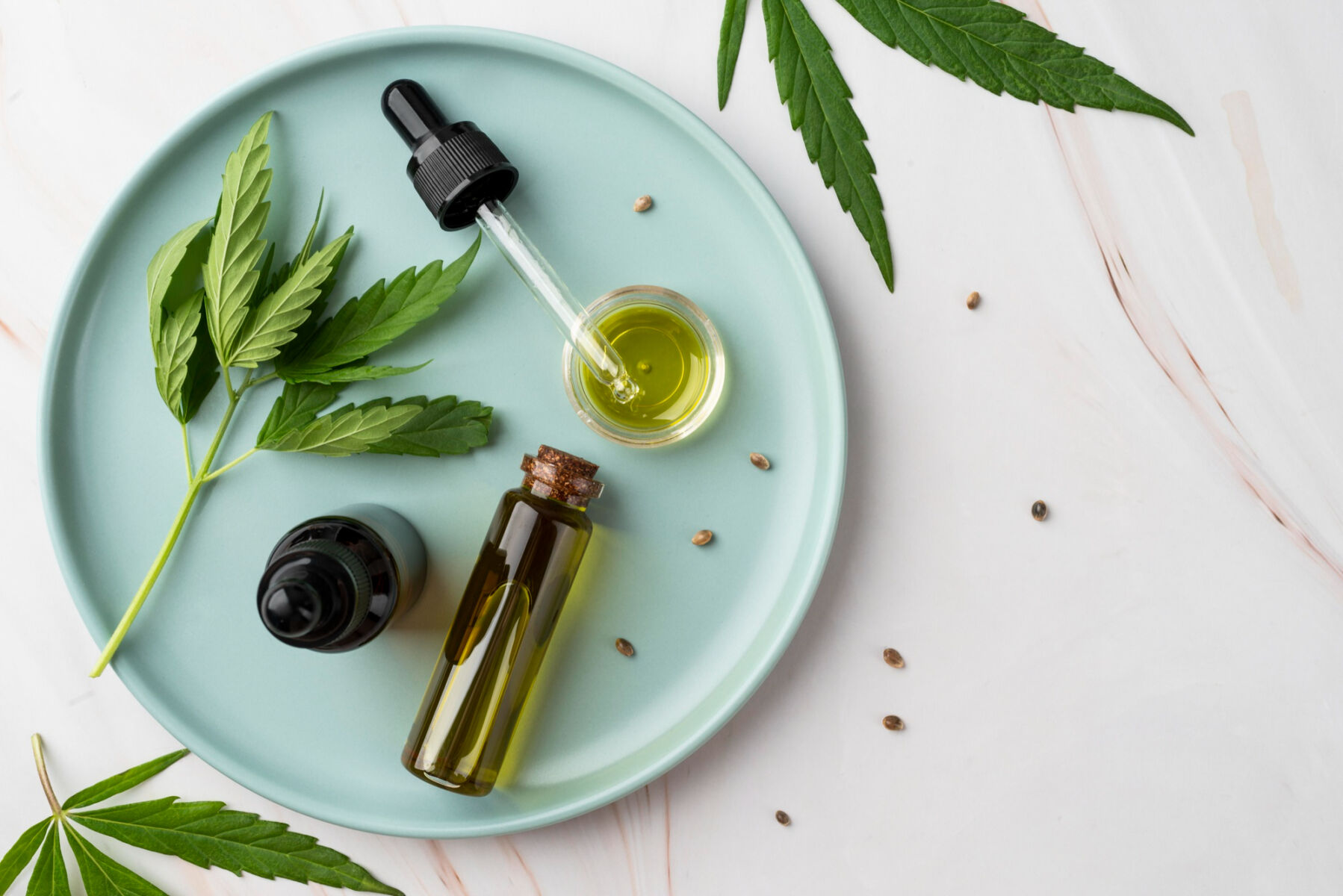Simple steps to stay in control of your cannabis tolerance

If you’re delving into the world of cannabis, either for medicinal or recreational purposes, you’ve likely heard about tolerance. It’s that frustrating phenomenon where over time, it takes more of the substance to achieve the same effects. This can lead to consuming more than you’d like, just to reach those desired outcomes. But what if you could enjoy your cannabis experience without hitting this plateau?
Understanding how your body interacts with cannabis is key to avoiding high tolerance. It’s not just about how much you consume, but also how you consume it. In this guide, we’ll explore practical steps to keep your cannabis experience fresh and effective, ensuring you get the most out of every puff, without the need to constantly up the dose. Let’s dive into how you can maintain a low tolerance and enjoy cannabis sustainably.

What is cannabis tolerance?
When delving into the world of cannabis, it’s essential to understand the phenomenon of tolerance. Essentially, tolerance develops when your body gets accustomed to the presence of cannabis, notably THC, necessitating higher quantities to achieve the same effects as before. Maintaining control over your cannabis intake is pivotal to managing and mitigating this tolerance.
The importance of tolerance breaks
Tolerance breaks, or “T-breaks,” play a crucial role in resetting your body’s response to cannabis. By halting your intake for a period, you allow your cannabinoid receptors to regain their original sensitivity to THC. This reset not only enhances your future experiences with cannabis but also aids in maintaining your control over its consumption. Recognising the need for occasional breaks is key to a balanced relationship with cannabis use.
How to take a tolerance break
Initiating a tolerance break might seem challenging, but it’s about finding strategies that work for you. Start by selecting a clear timeframe; most recommendations vary from a few days up to a month, depending on your regular usage patterns. During this period, engaging in activities that promote well-being can be incredibly beneficial. Exercise, mindfulness practices, and spending time in nature can all serve as valuable distractions, helping you successfully navigate this pause.
Use cannabis products with a higher CBD-to-THC ratio
Adjusting the type of cannabis you consume can also influence your tolerance levels. Opting for products that have a higher CBD-to-THC ratio may allow you to enjoy the therapeutic benefits of cannabis without significantly contributing to tolerance buildup. CBD does not bind to the CB1 receptors in the brain as THC does, which means it doesn’t lead to tolerance in the same way. This switch can be particularly useful for those looking to moderate their tolerance while still leveraging the plant’s benefits.

Tightly control your doses
Gaining mastery over the doses you consume is another effective strategy for managing tolerance. Whether it’s through micro-dosing, where you consume very small, controlled amounts of cannabis, or by setting strict limits on your daily or weekly intake, having a systematic approach to how much you consume can prevent your tolerance from escalating. Remember, it’s not just about how often you use cannabis, but also how much you use each time. Establishing a disciplined consumption routine can make all the difference.
Understanding how to navigate cannabis tolerance is fundamental for anyone looking to have a sustained and positive experience with cannabis. Implementing breaks, opting for products with lower THC levels, and exercising control of your cannabis doses are key strategies that can assist you in achieving a balanced use, ensuring that you continue to enjoy cannabis without the need for constant increases in consumption.
Are there negative health effects of high weed tolerance?
When you’re deep into your cannabis journey, maintaining control over your consumption becomes crucial. A key aspect of this control is understanding the implications of high weed tolerance not just on your experience but also on your health and well-being.
Weed tolerance: What it is and why it matters
Essentially, weed tolerance develops when your body becomes accustomed to the presence of cannabis, specifically its active compounds like THC. This adaptation means you’ll need increasingly larger doses to experience the same effects you once did with smaller quantities. Understanding this mechanism is vital because it points directly to why keeping a check on your cannabis tolerance isn’t just about enhancing your experience—it’s also about safeguarding your health.
The development of tolerance is a sign that the CB1 receptors in your nervous system, which interact with THC, are becoming less responsive. This doesn’t occur uniformly across all users—it varies based on frequency and quantity of use. Hence, monitoring changes in your body’s response to cannabis can be a key indicator of tolerance levels.
How to tell if you’ve built up a cannabis tolerance?
Recognizing the signs of increased tolerance can help you take timely steps to mitigate it. Here are pointers that indicate if your tolerance to cannabis might be higher than average:
- Increased consumption: You find yourself using more cannabis to achieve effects similar to those you experienced with lesser amounts previously.
- Diminished effects: The euphoria or relaxation once easily attained now seems elusive, even with higher doses.
- Rapid return to baseline: Your ‘high’ wears off quicker than it used to, prompting more frequent use.
By staying aware of these signs and acting upon them, you can ensure that your cannabis use remains effective and enjoyable. Importantly, it empowers you to avoid the negative consequences associated with high tolerance, such as potential health risks or financial implications due to the need for increased quantities.
Maintaining control over your cannabis use is not just about enjoying its benefits but also about preventing any adverse effects that might arise from unchecked consumption. It’s about finding a balance that works for you and ensuring a positive and sustainable relationship with cannabis.

How long does it take for cannabis receptors to return to normal?
When you’re managing control of your cannabis consumption, understanding the timeline for your body’s adaptation is crucial. If you’ve noticed your cannabis tolerance climbing, it’s possibly due to changes in your CB1 receptors. But how long does it take for these to revert to their original state after you’ve taken a break?
Research offers some insight. A pivotal study documented that CB1 receptor binding begins to normalize after a cannabis abstinence period. Specifically, individuals with a history of heavy, daily cannabis use saw their receptor bindings return to standard levels after 4 Weeks of Abstinence.
| Duration of Abstinence | Recovery of CB1 Receptors |
|---|---|
| 4 Weeks | Normal Levels |
Yet, it’s imperative to remember that everyone’s body responds differently to cannabis. The exact time needed for your receptors to reset may vary, which is why it’s essential to adopt a trial-and-error approach. Start with a brief tolerance break of several days to a week, and gauge how you feel when reintroducing cannabis. If you don’t notice a significant change, consider extending your break to a couple of weeks.
Incorporating a 30-minute exercise session daily can also aid in this recovery process. Not only does exercise help break down fat cells, possibly expediting the departure of THC from your system, but it also might encourage a more balanced interaction between your body and cannabis upon your return.
It’s equally important to adjust your daily consumption habits. Reducing the frequency and quantity of your cannabis intake can significantly affect your tolerance level. The first smoke of the day often feels the most potent. By saving your cannabis use for specific moments, like unwinding after work or before a movie, you ensure those instances remain impactful, thereby maintaining better control of your cannabis experience.
If you use cannabis, at some point you should take a tolerance break.
Understanding your body’s interaction with cannabis is crucial to managing tolerance effectively. By incorporating strategies such as tolerance breaks, adjusting your CBD-to-THC ratios, and controlling your doses, you can maintain a healthier relationship with cannabis. Remember, the goal isn’t to abstain indefinitely but to find a balance that preserves the substance’s benefits without falling into the pitfalls of high tolerance. Monitoring your body’s signals and adjusting your consumption habits accordingly can lead to a more enjoyable and sustainable cannabis experience. So, consider taking a step back now and then to reassess and recalibrate. Your future self will thank you for the mindfulness and care you’ve invested in your cannabis journey.
Latest Thailand News
Follow The Thaiger on Google News:


























